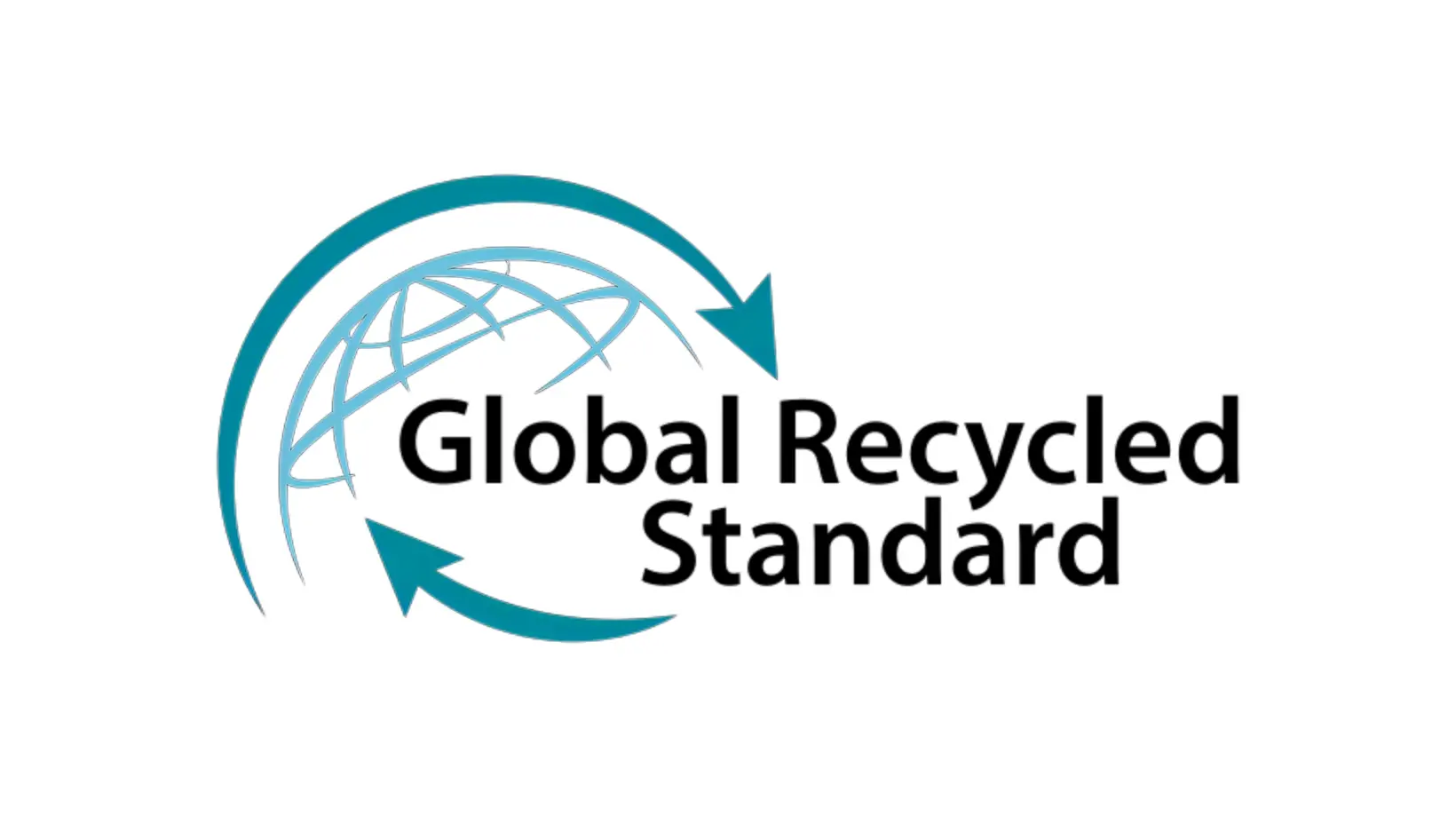Differences Between GRS Certification for 20-50% and Over 50% Recycled Content
The Global Recycled Standard (GRS) certifies products based on the proportion of recycled materials and sustainable production processes. Here are the key differences between 20-50% and over 50% recycled content:

20%-50% Recycled Content
1.Certification Level:
–Products with 20%-50% recycled materials can be GRS certified.
–Labels may indicate "Made with Recycled Materials."
2.Labeling Requirements:
–Products can mention the presence of recycled materials on packaging or labels.
3.Production Process:
–Basic GRS requirements for chemical management, social responsibility, and environmental management are followed.
–Some flexibility in requirements.
Over 50% Recycled Content
1.Certification Level:
–Products with over 50% recycled materials achieve a higher GRS certification.
–Considered more sustainable and environmentally friendly.
2.Labeling Requirements:
–Products can prominently label themselves as "Recycled" or "100% Recycled."
–GRS logos can be more prominent.
3.Production Process:
–Stricter standards for chemical management, social responsibility, and environmental management.
–Higher requirements for supply chain transparency and sustainability.
Summary
· 20%-50% Recycled Content: Can achieve GRS certification with less strict labeling and production requirements.
· Over 50% Recycled Content: Achieves a higher GRS certification with more prominent labeling and stricter production standards.
These distinctions help consumers make more informed purchasing decisions based on sustainability and environmental impact.






